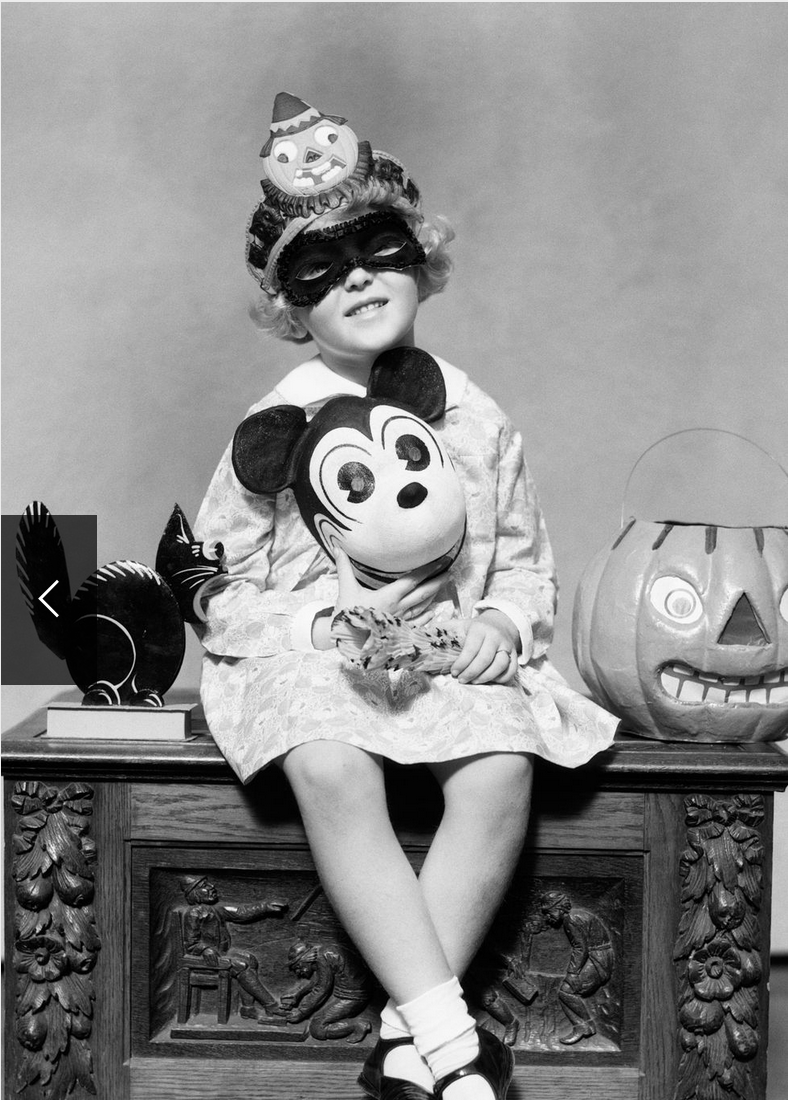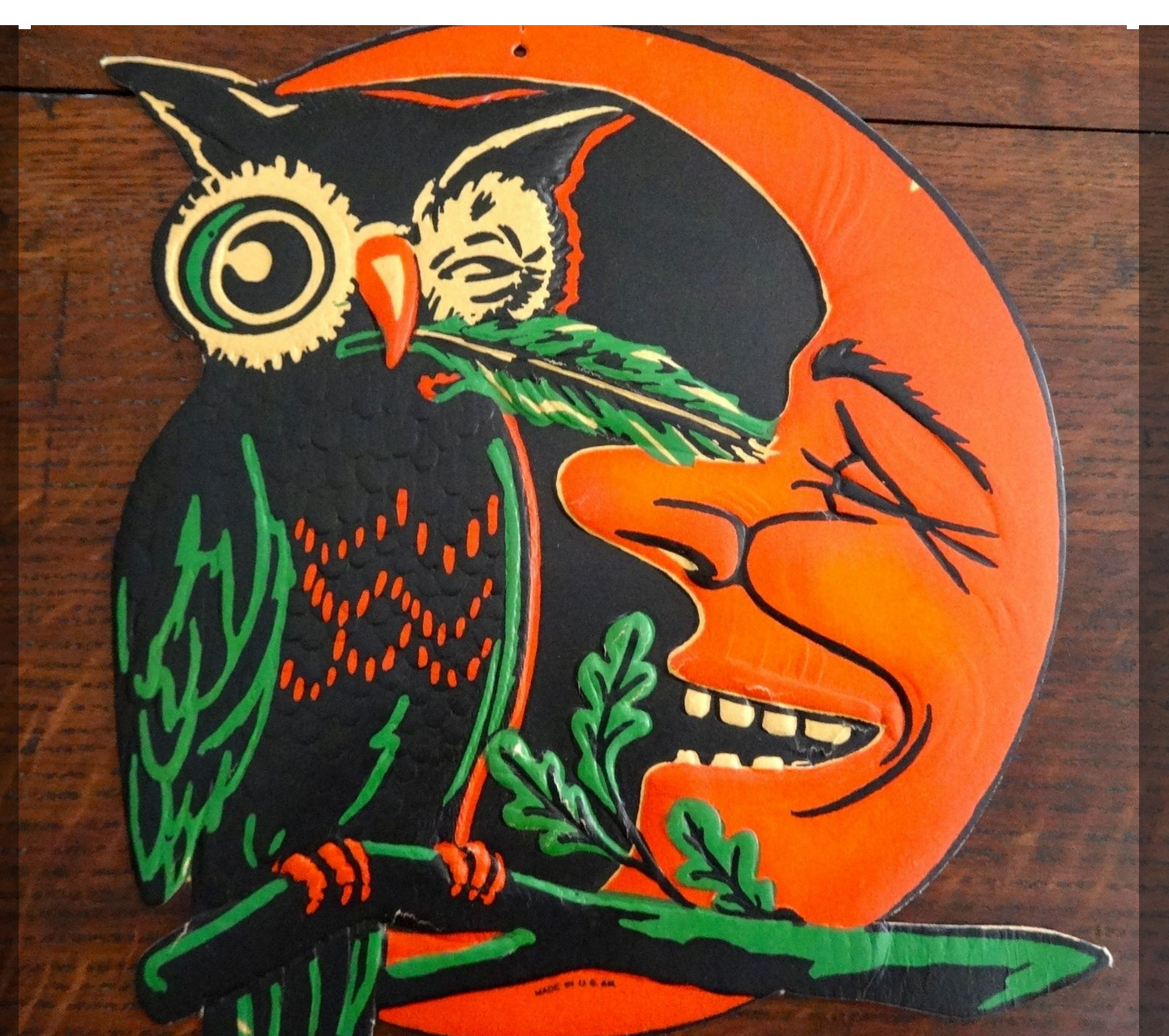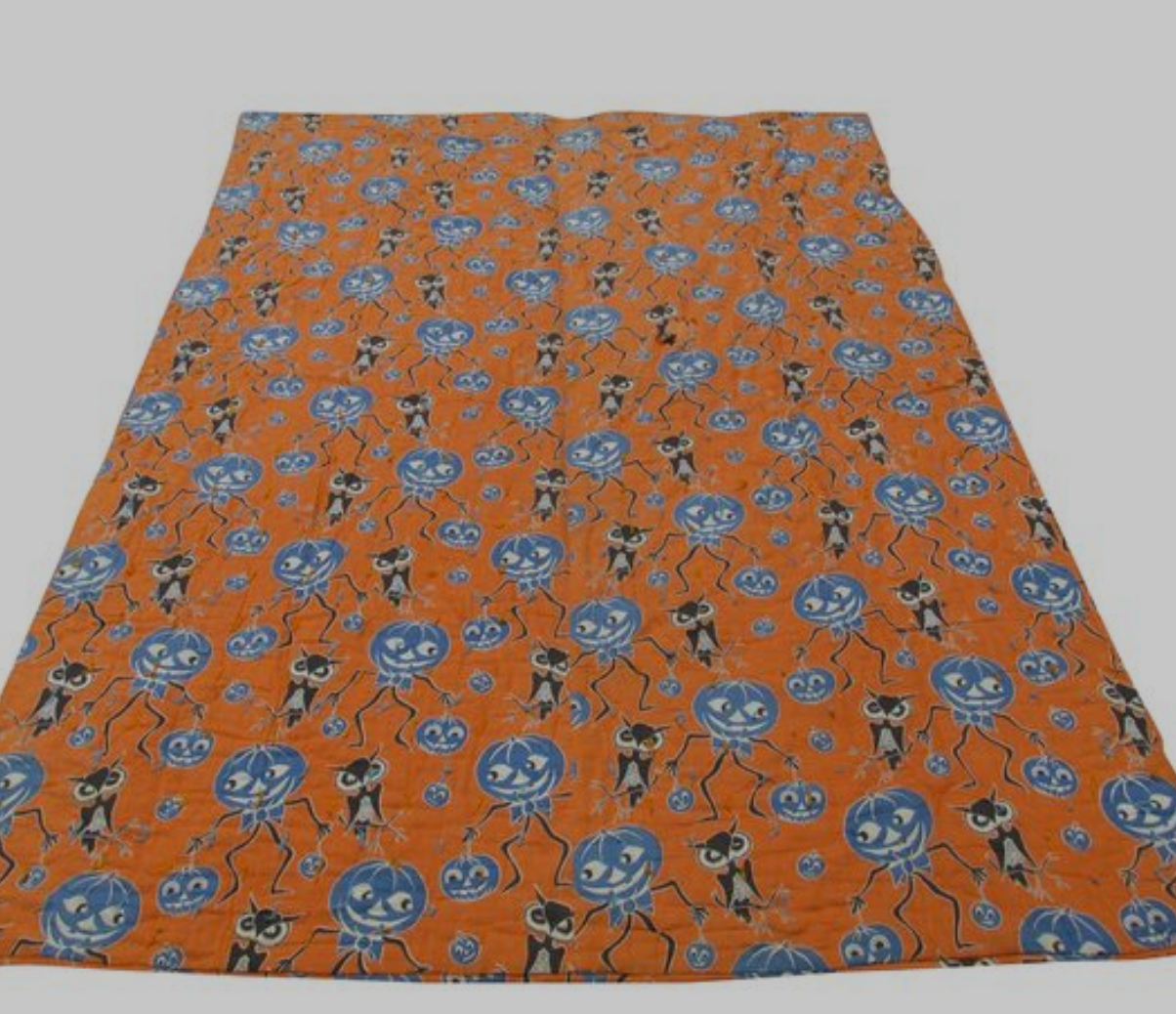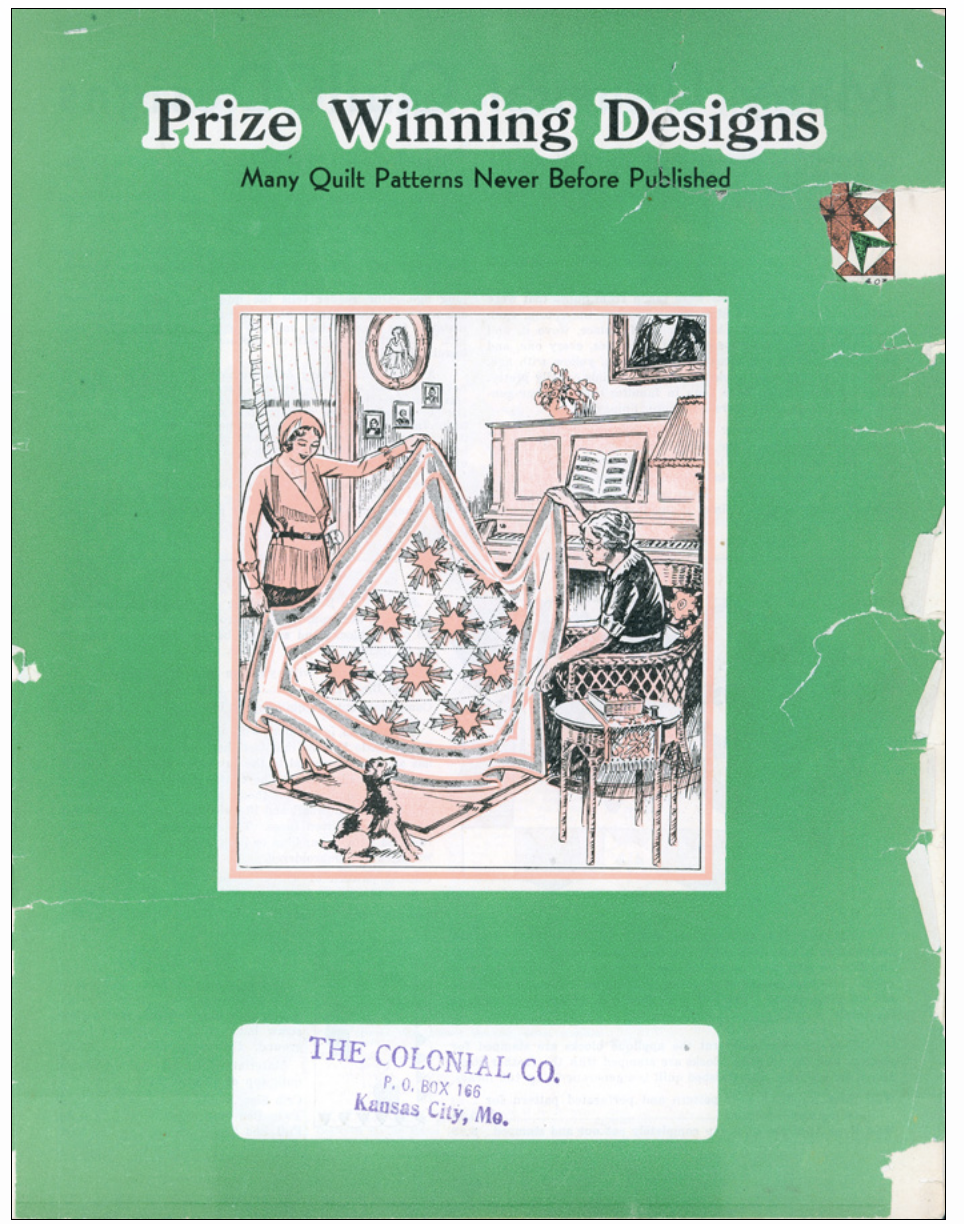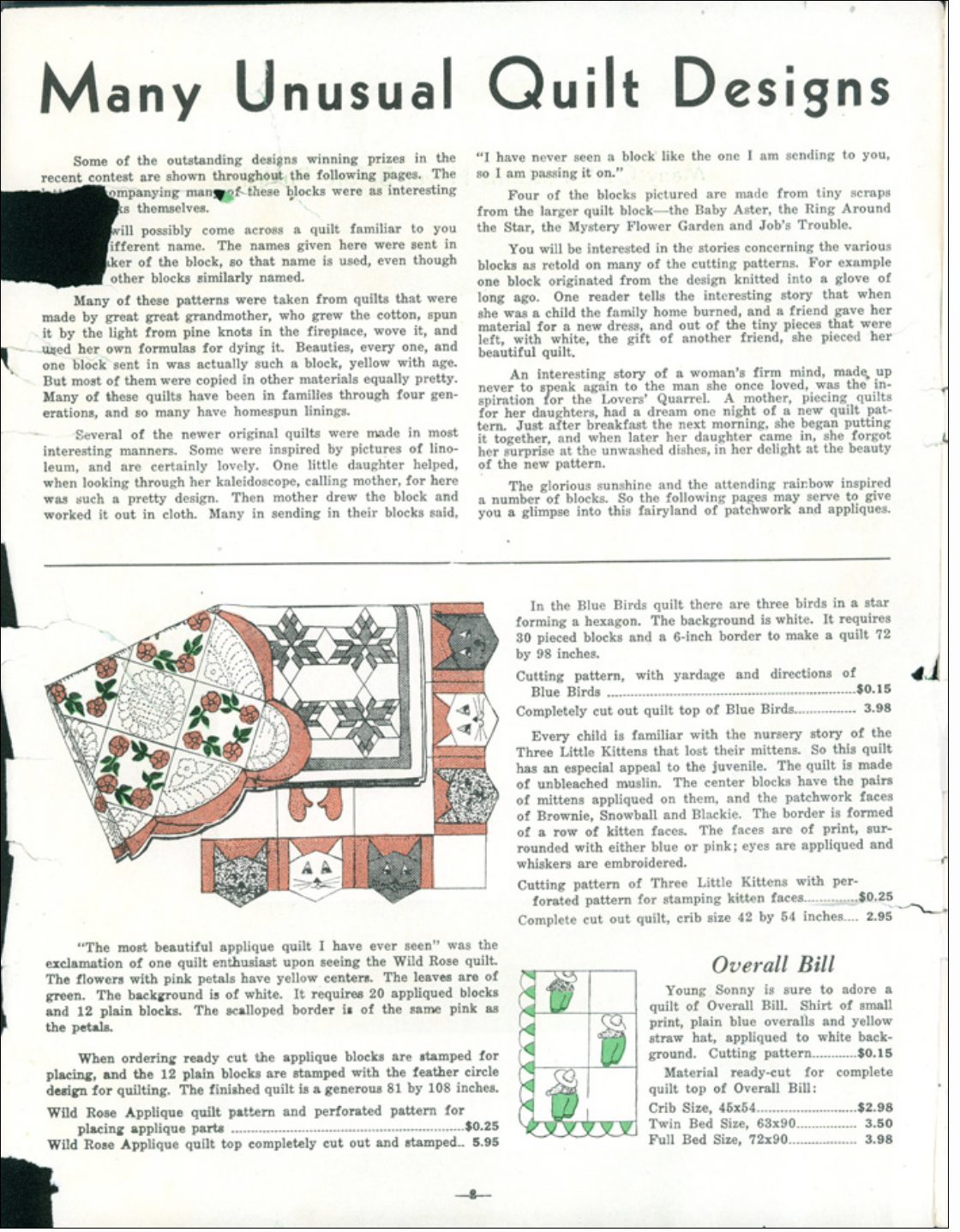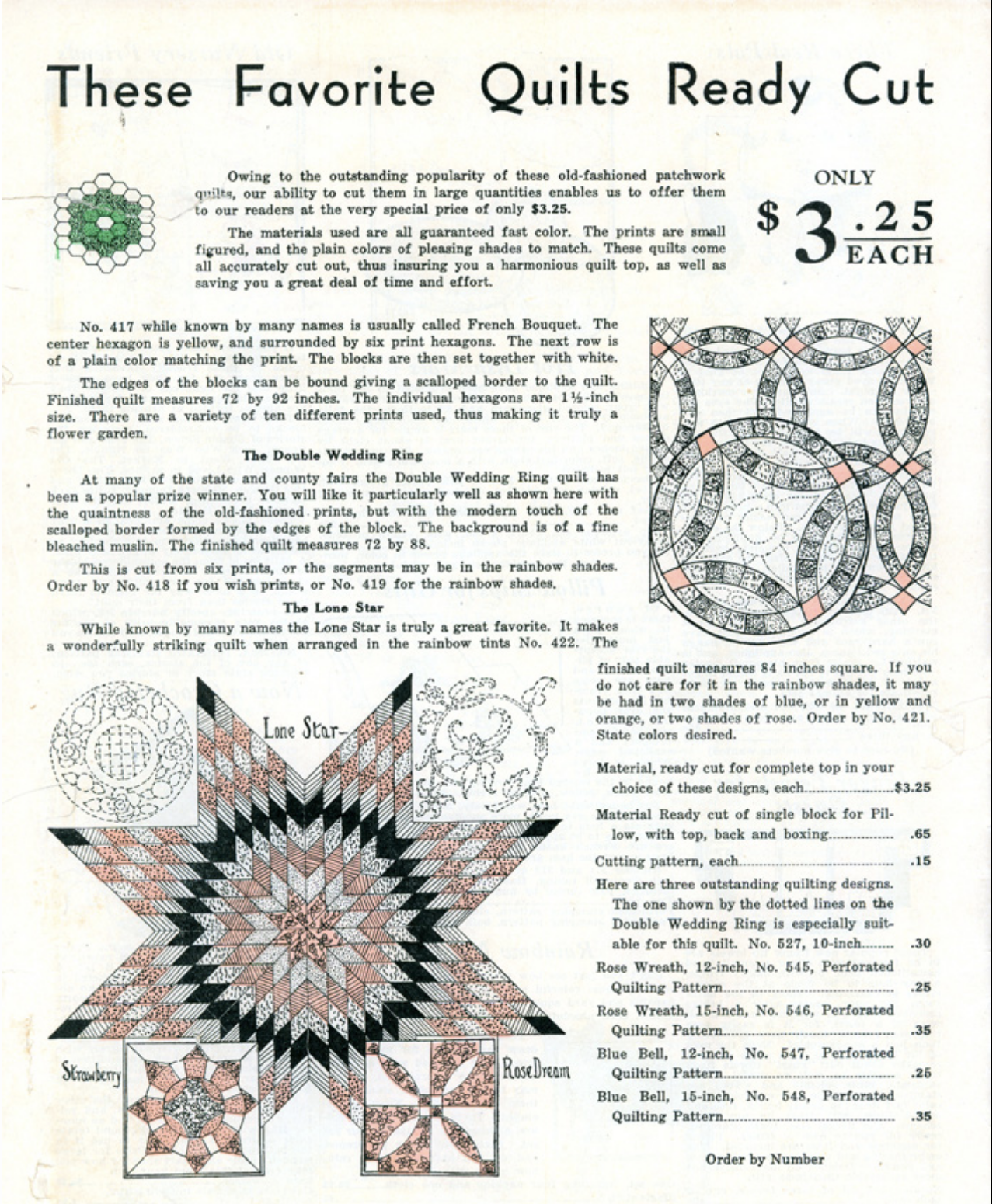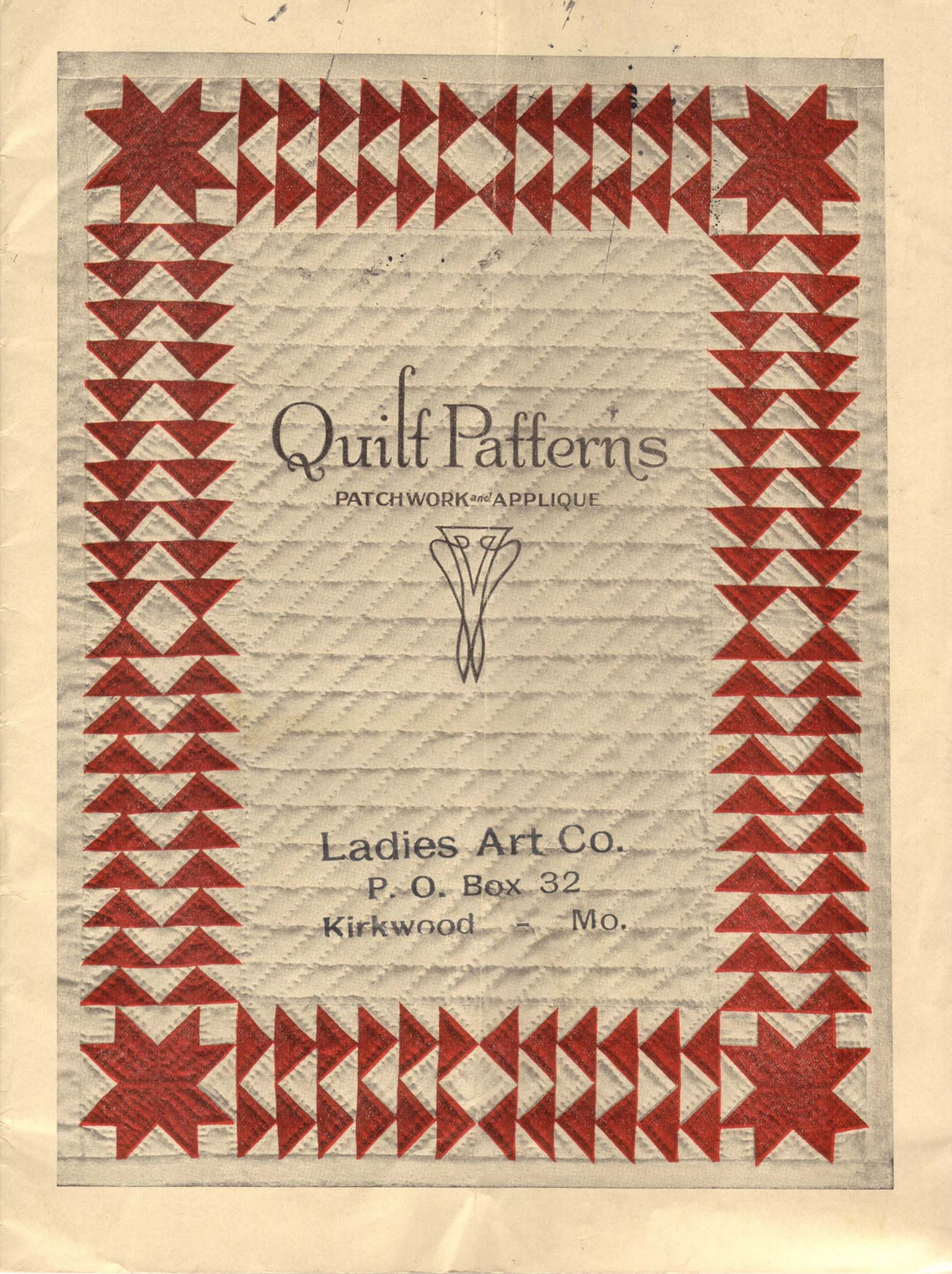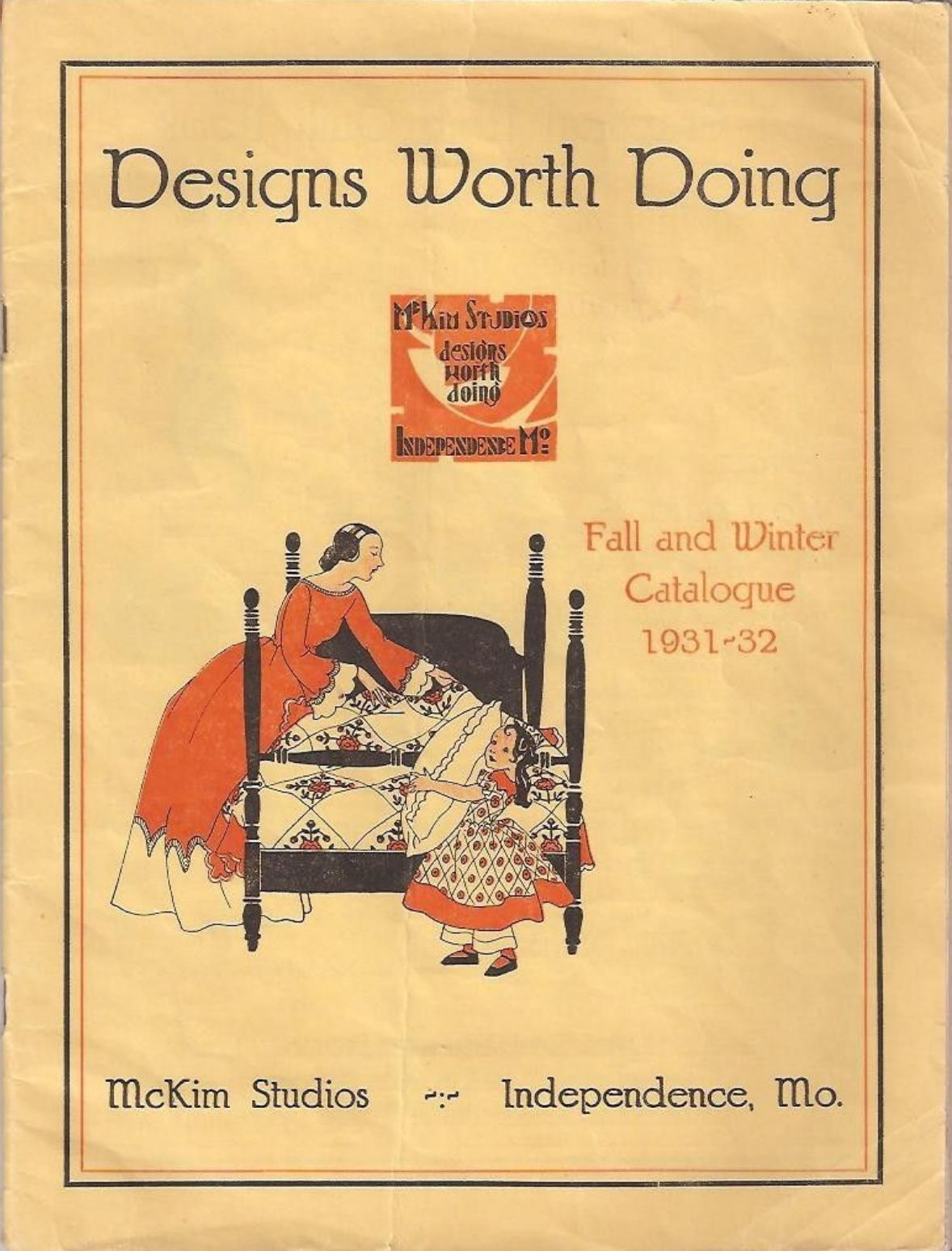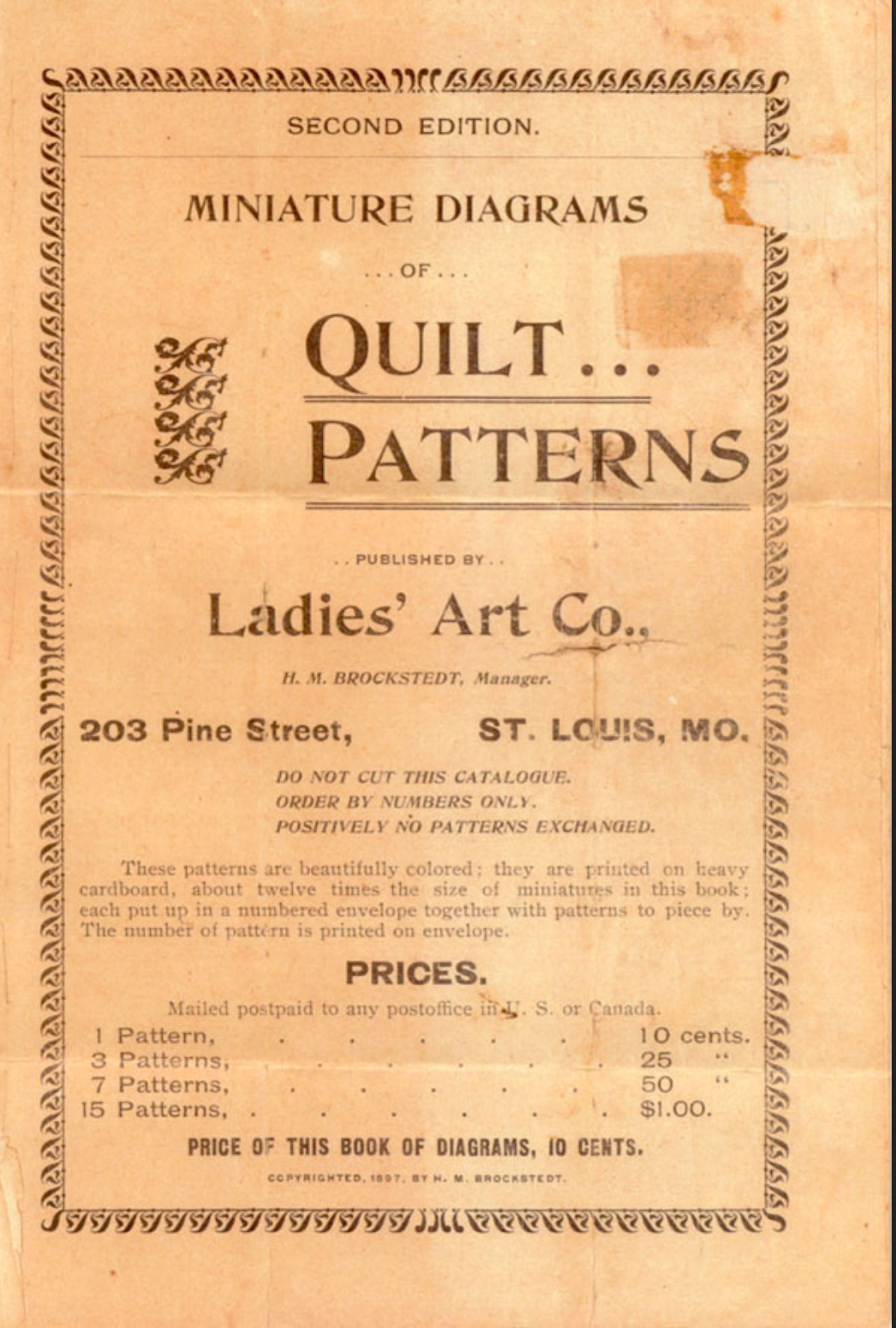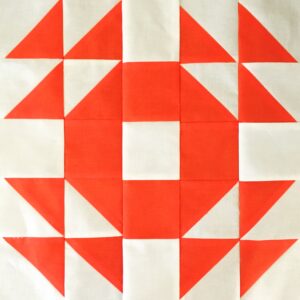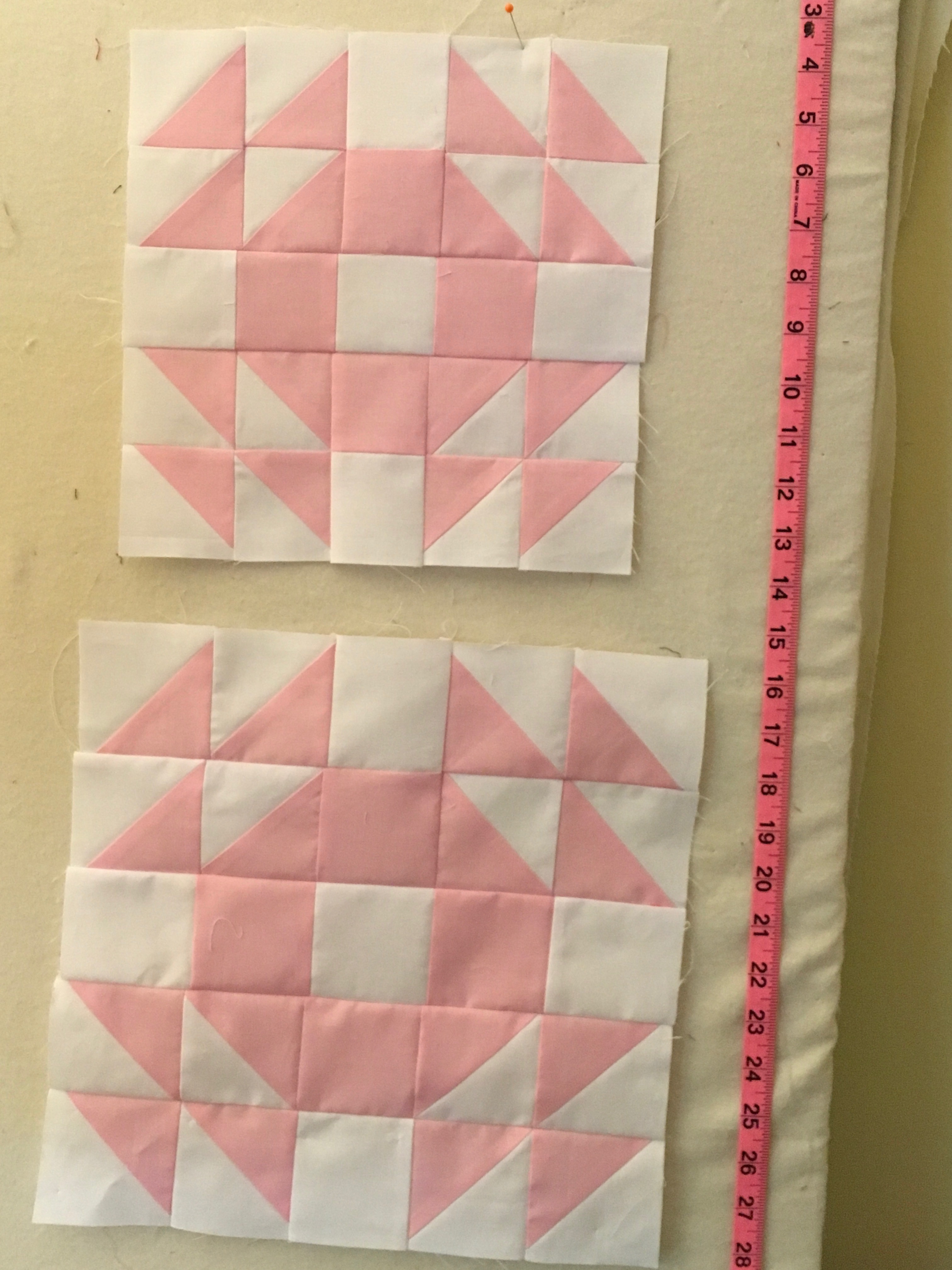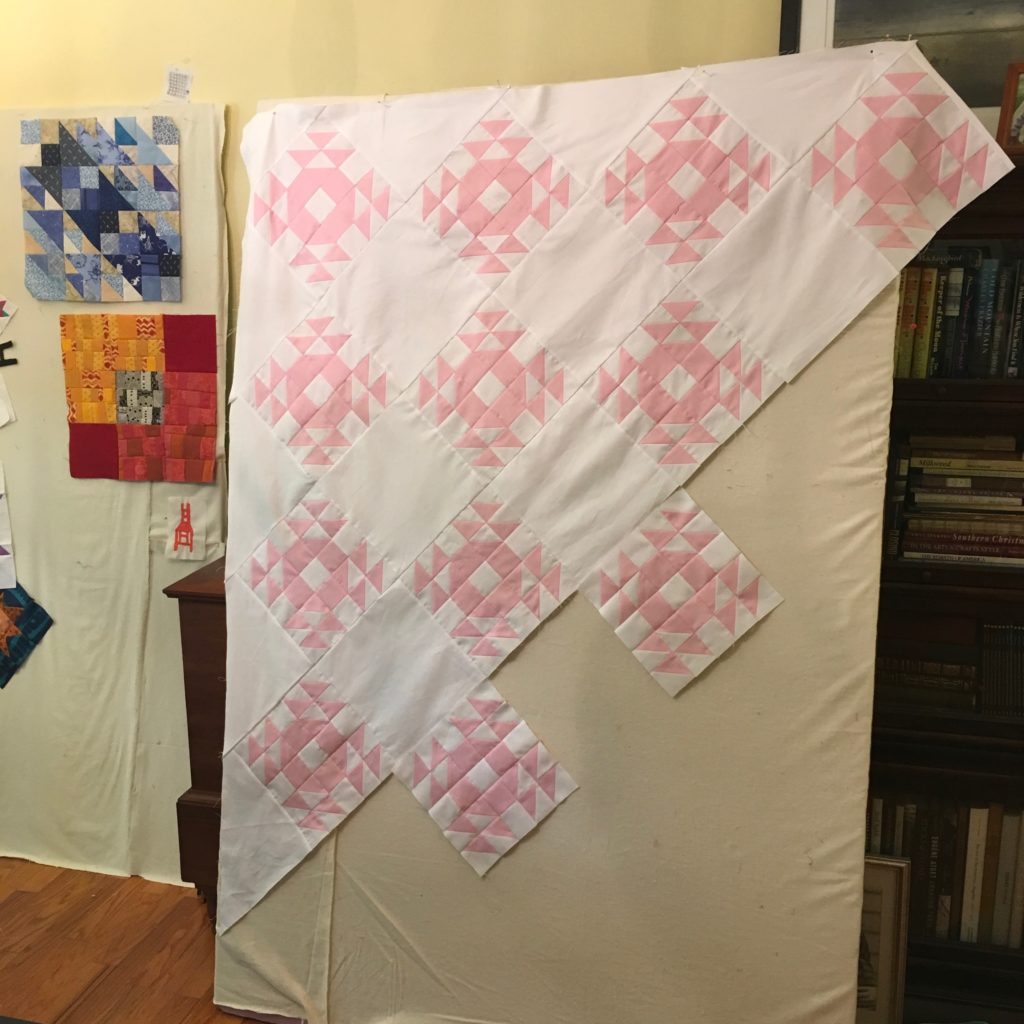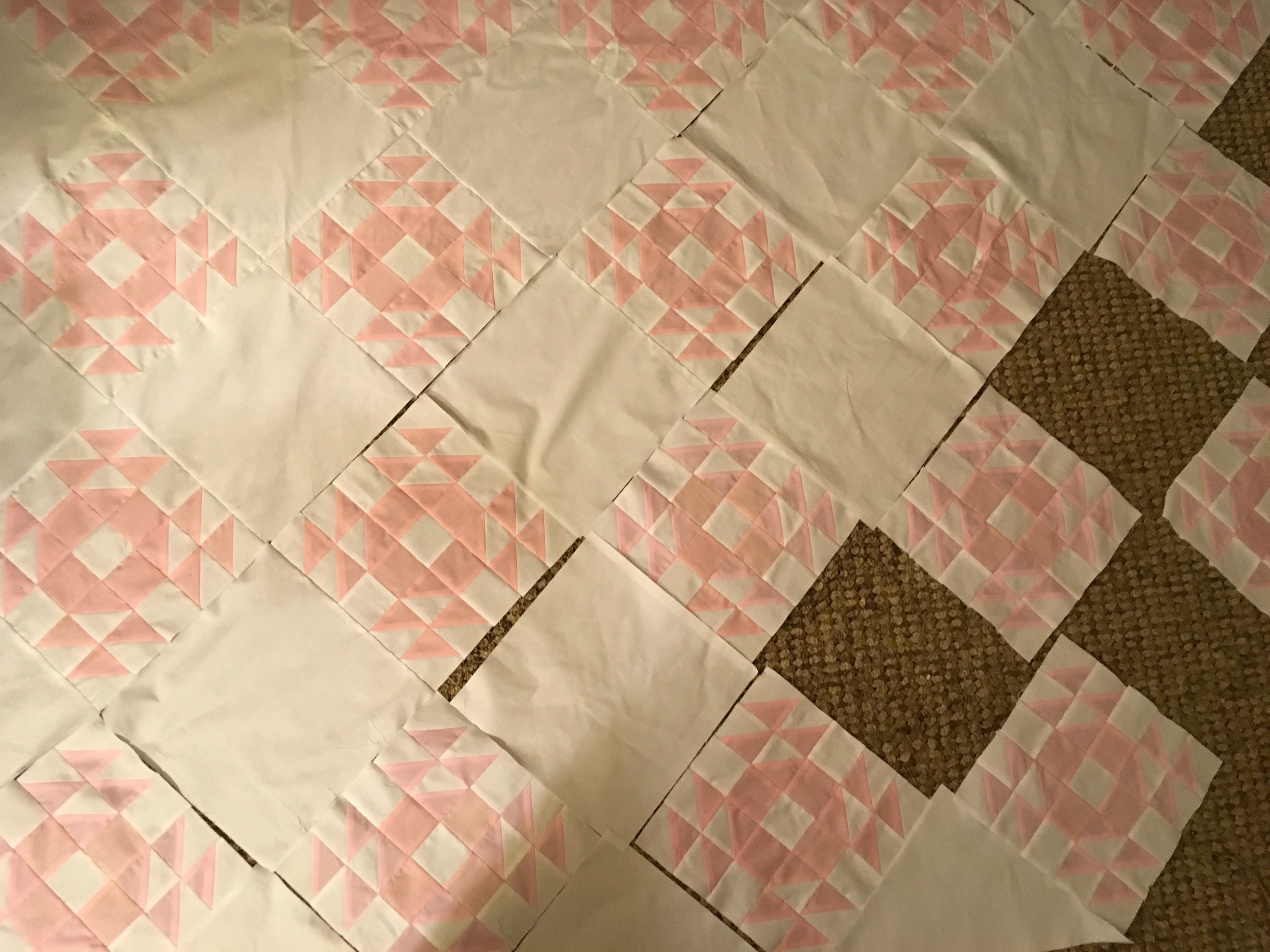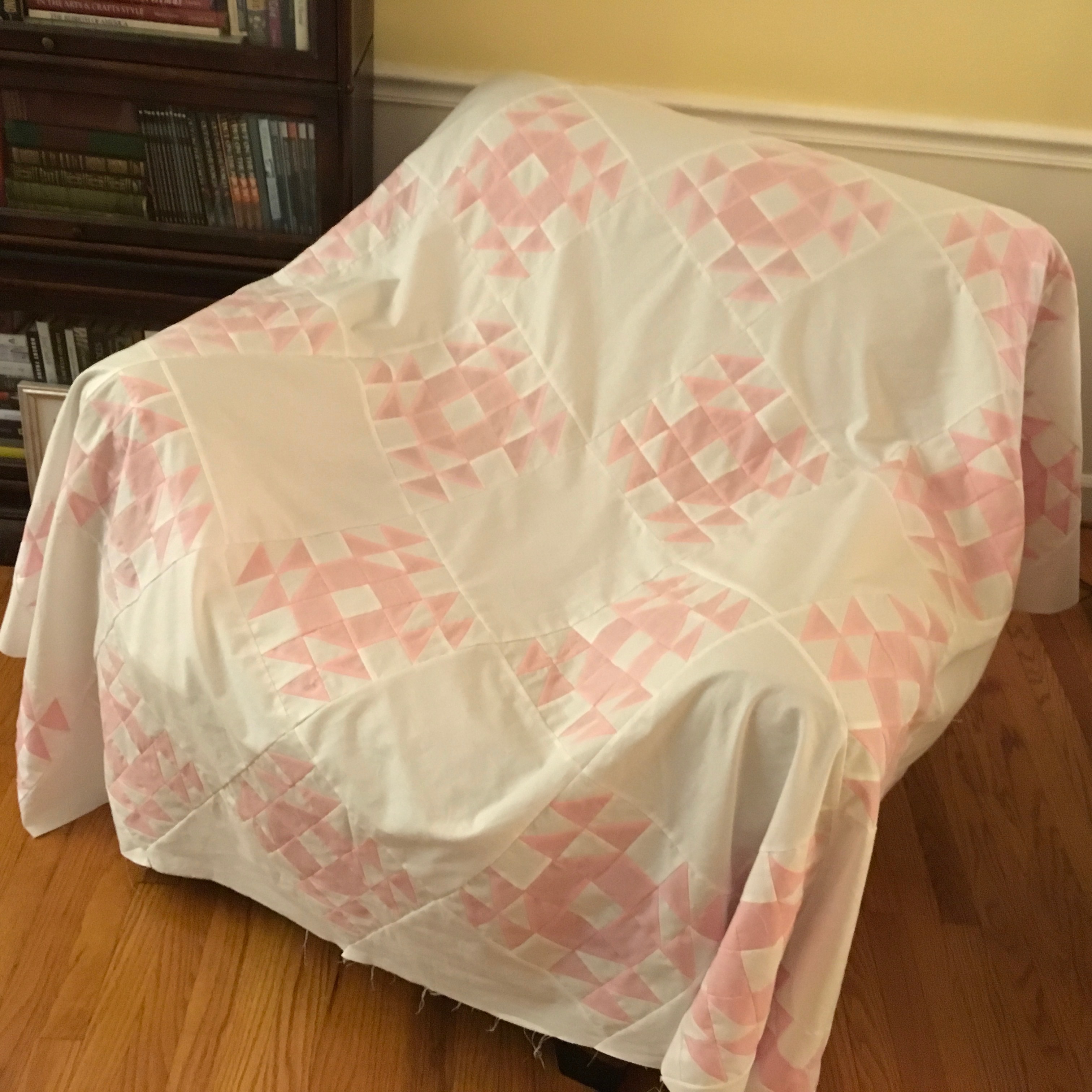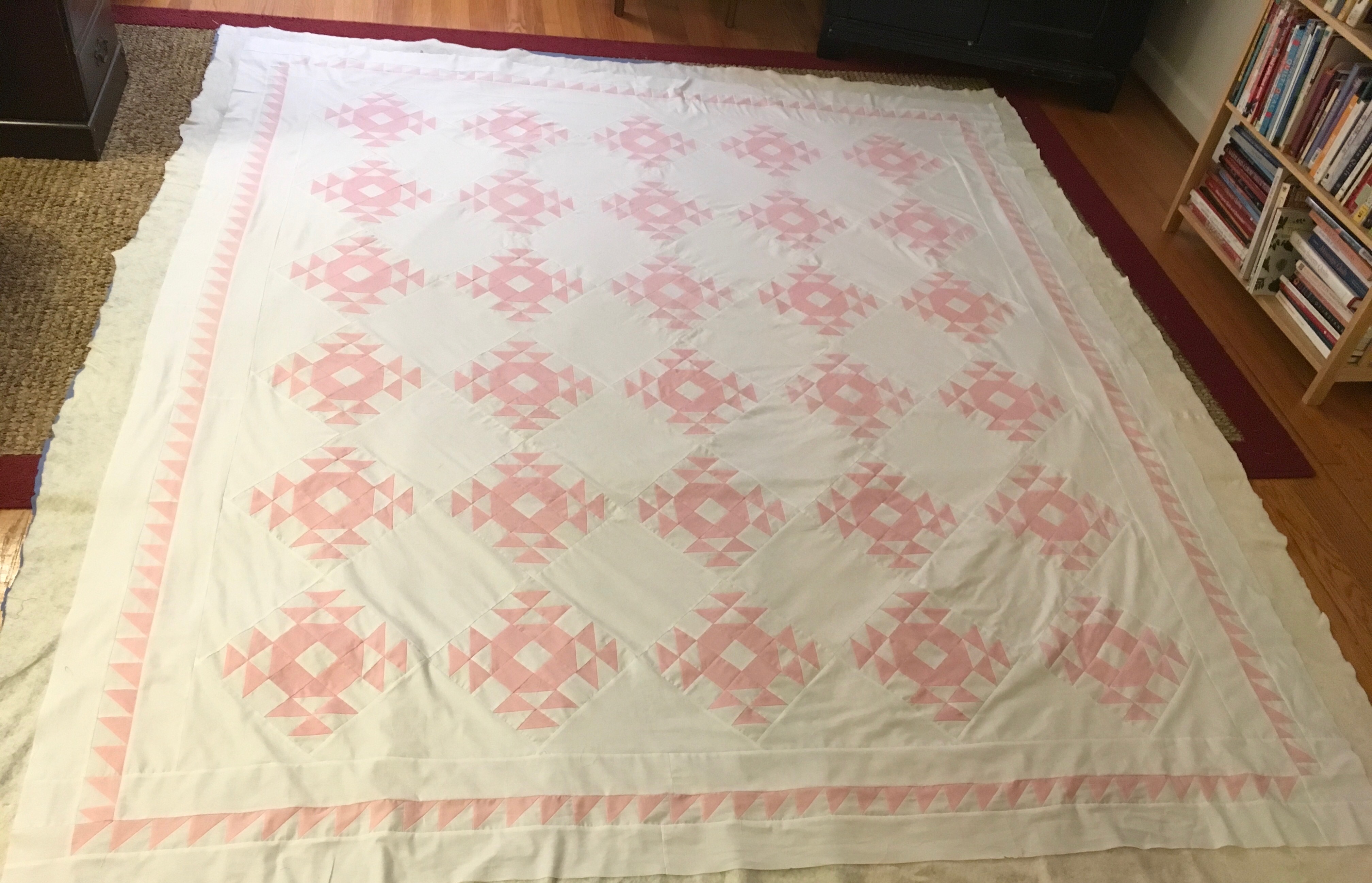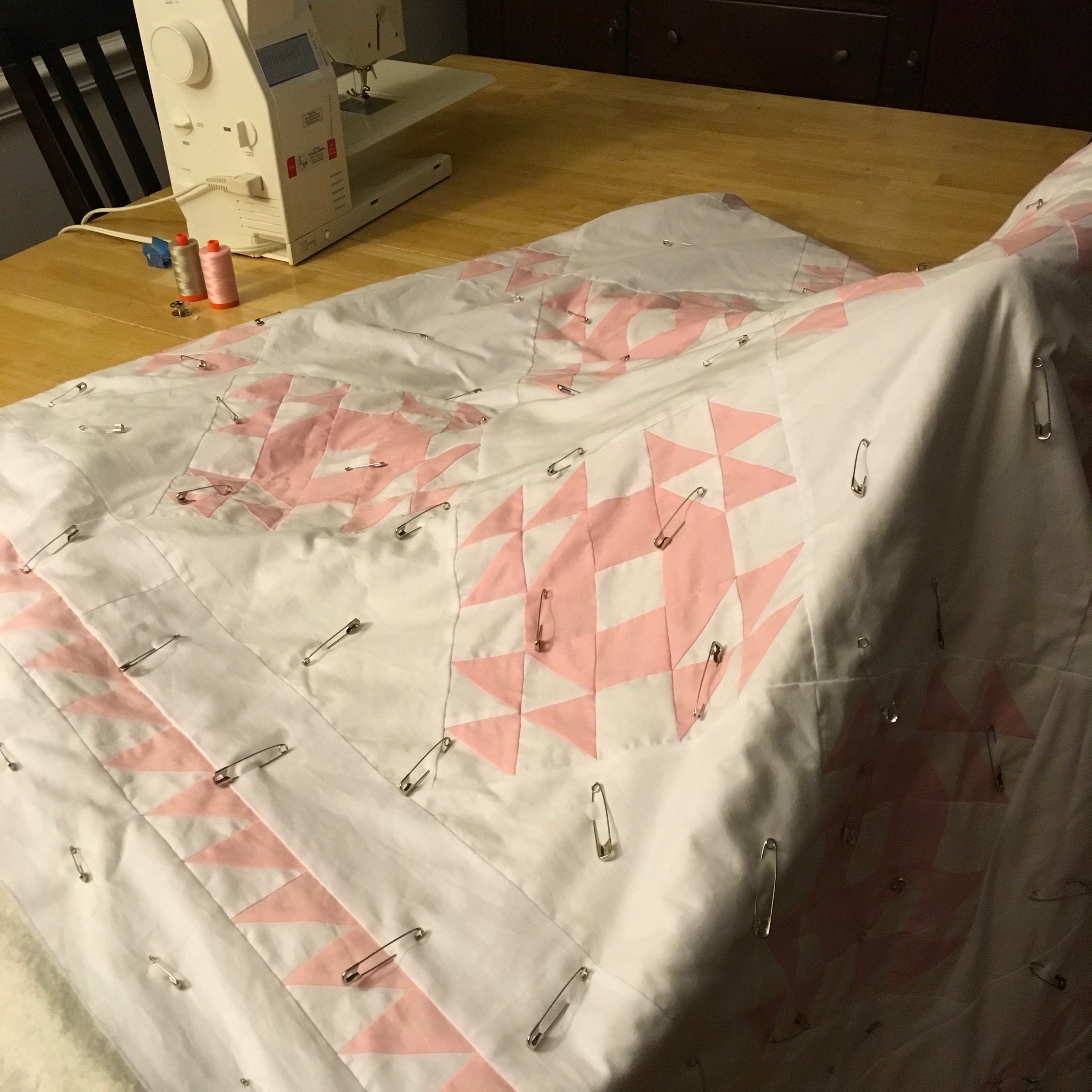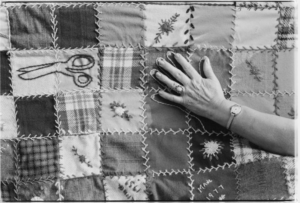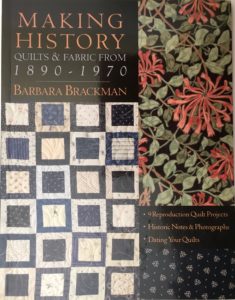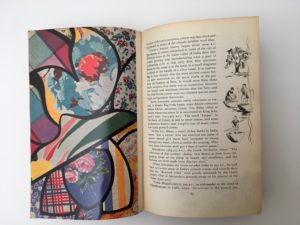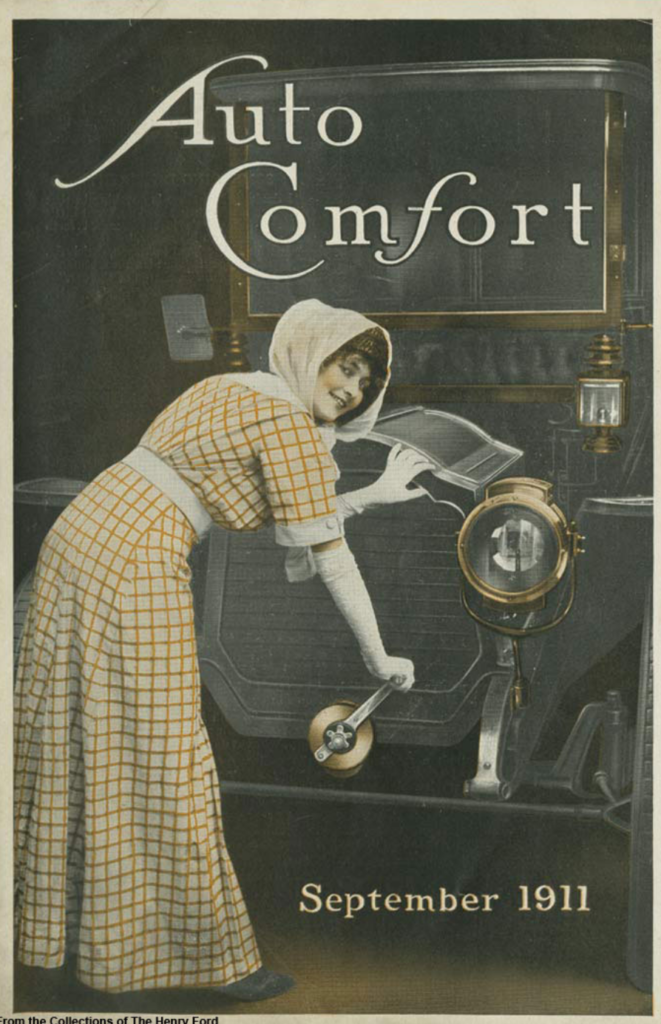Welcome to the Quiltfiction blog! If you’re new to our site, be sure to check out the free audio podcast of my novel-in-progress, Friendship Album, 1933. In the meantime, I hope you enjoy my conversation with Marie Bostwick and Deb Tucker!
A few days ago I had the opportunity to talk to Marie about the upcoming Hallmark Hall of Fame movie based on her book, The Second Sister. The movie is called “Christmas Everlasting” and it airs November 24 at 8 p.m. Joining us in our conversation is renowned quilting teacher and tool designer Deb Tucker, who designed a quilt to commemorate the big event. Such fun to talk to these amazing women!
To celebrate the premiere of “Christmas Everlasting,” I’m doing an extra special giveaway. See below for details about how you can win copies of The Second Sister, Birds in the Air, and Margaret Goes Modern!
RSVP to Marie’s Watch Party here! You’ll receive some fun recipes and Deb’s quilt pattern when you do.
The party will be held on Marie’s author page on Facebook.
Check out the Hallmark Hall of Fame page for “Christmas Everlasting” here.
Visit Deb Tucker at Studio 180 Design!
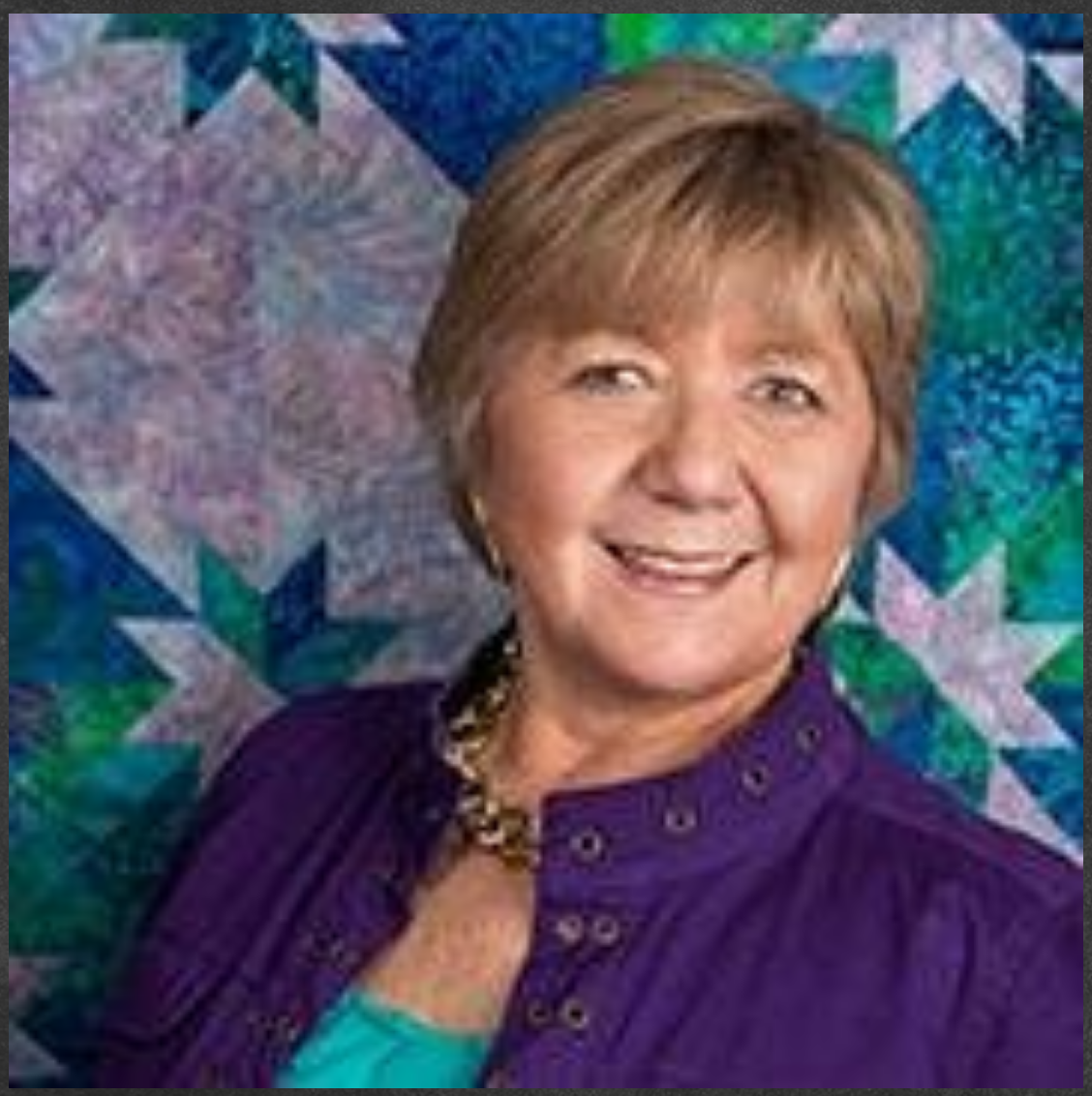 Isn’t Deb darling?
Isn’t Deb darling?
If your LQS is interesting in hosting a Marie Bostwick experience, contact the good folks at Island Batik fabrics. Check out this blog post about the “Just in Time” blog hop they did in October.
Comment on this post or follow this link to enter the Quiltfiction Book Bundle Giveaway!
Here’s the link to Marie’s “Fierce Beyond 50” website.

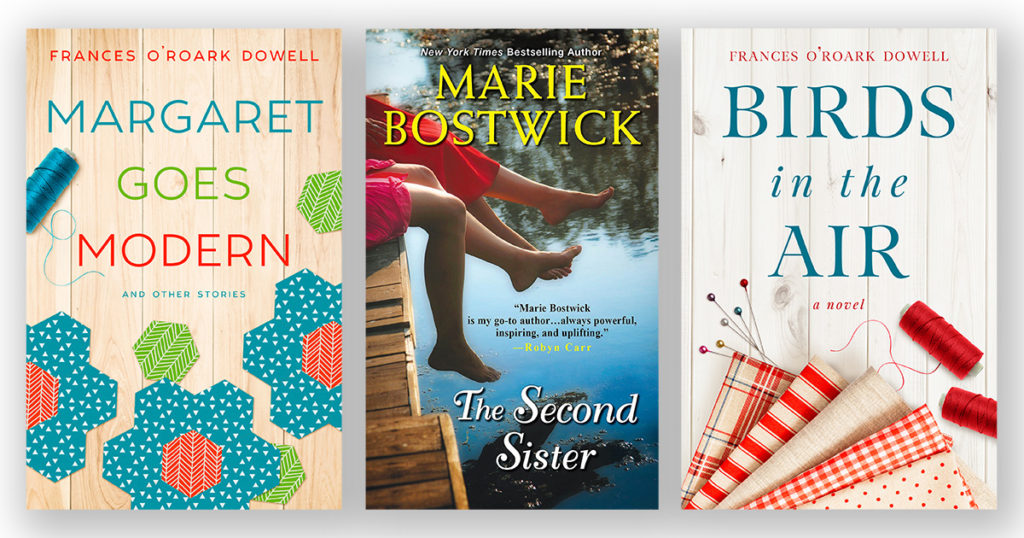



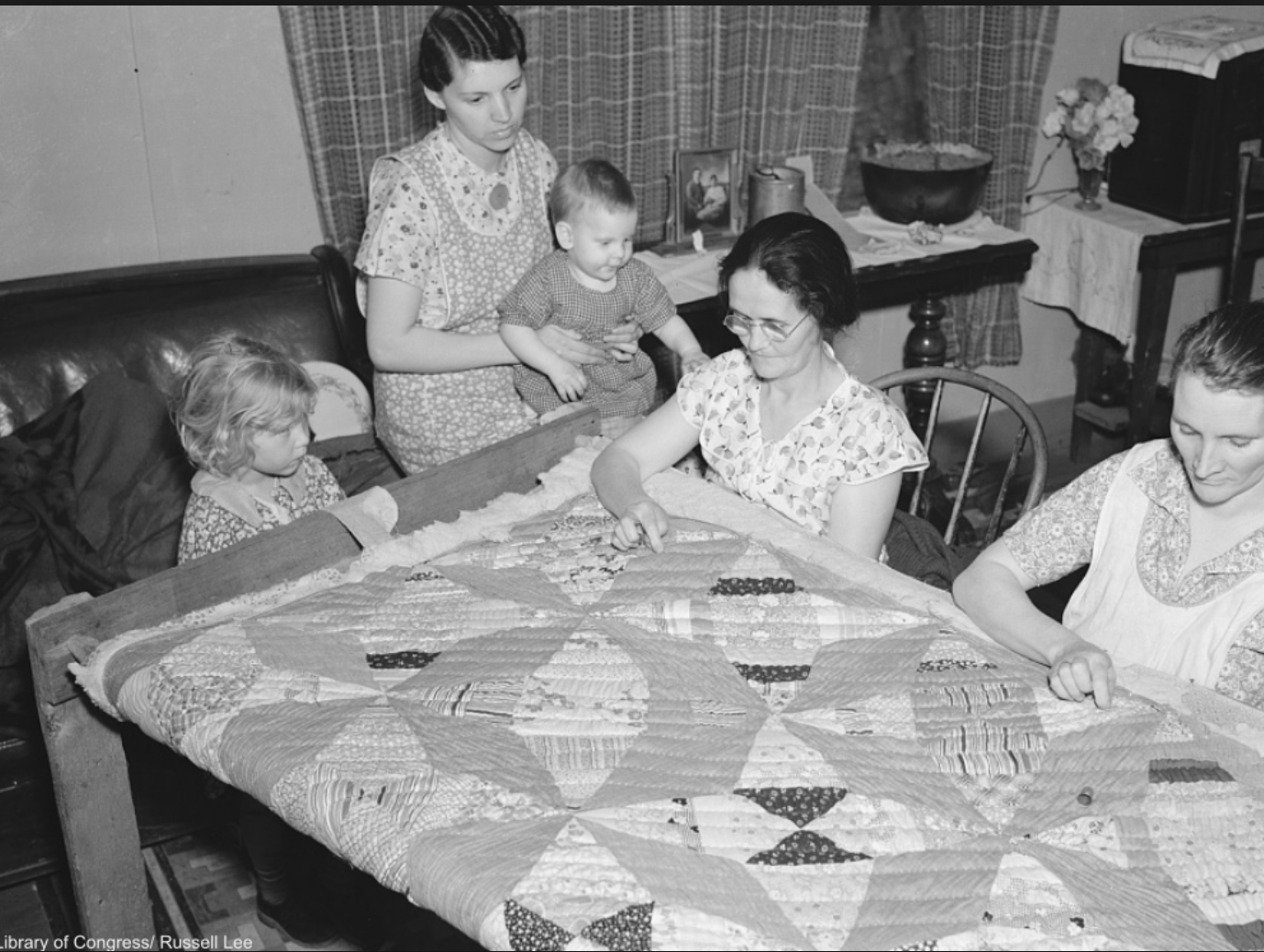
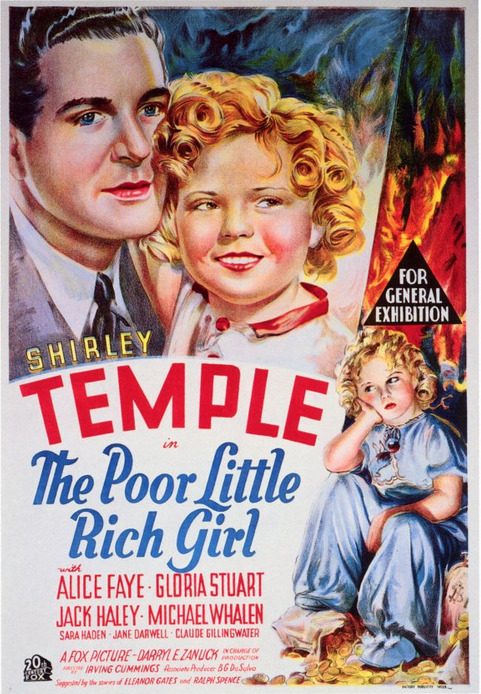
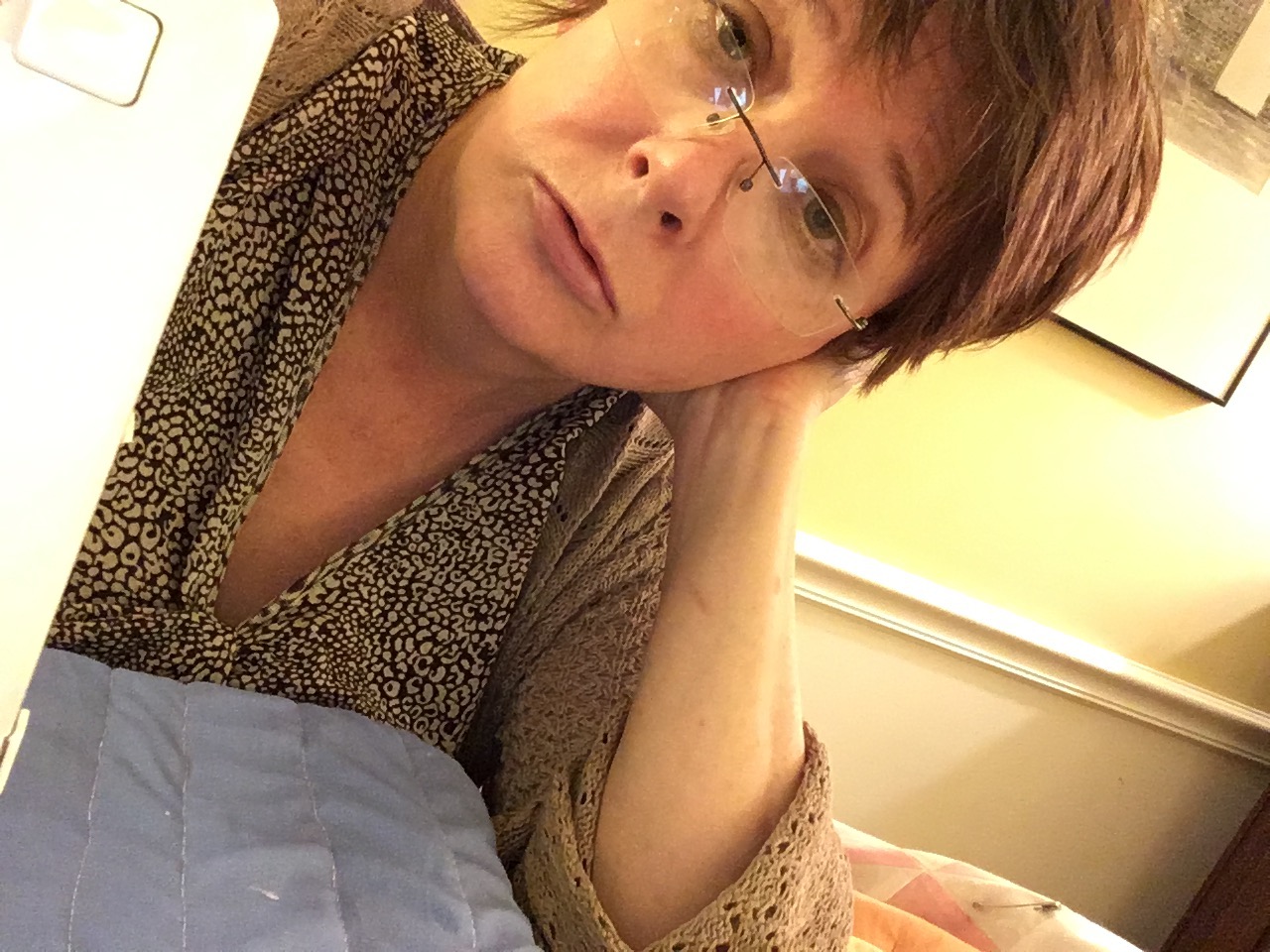 I titled this photo file “The Happy Quilter.” I was being facetious.
I titled this photo file “The Happy Quilter.” I was being facetious.
